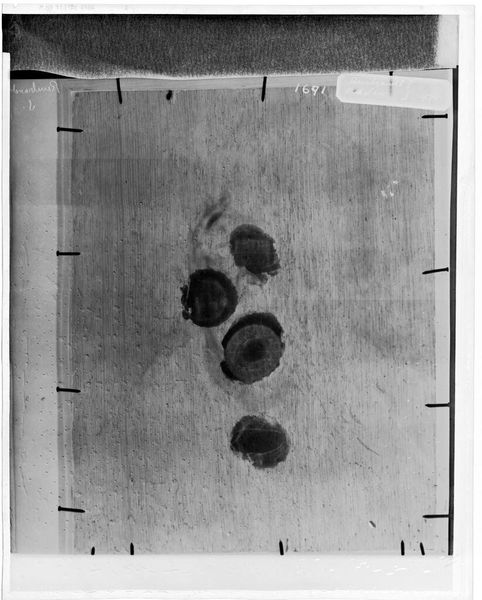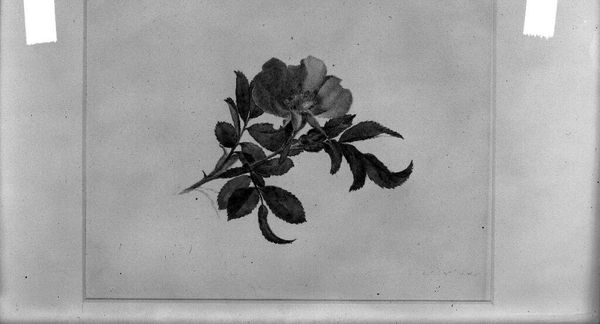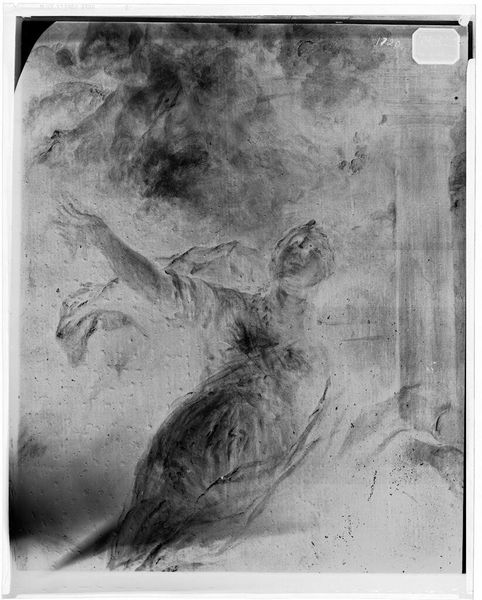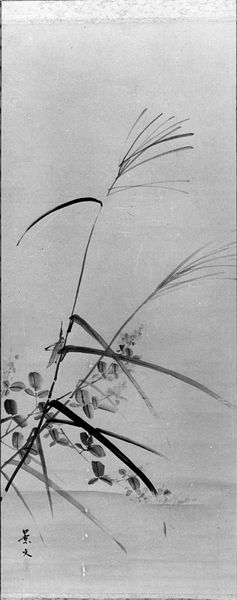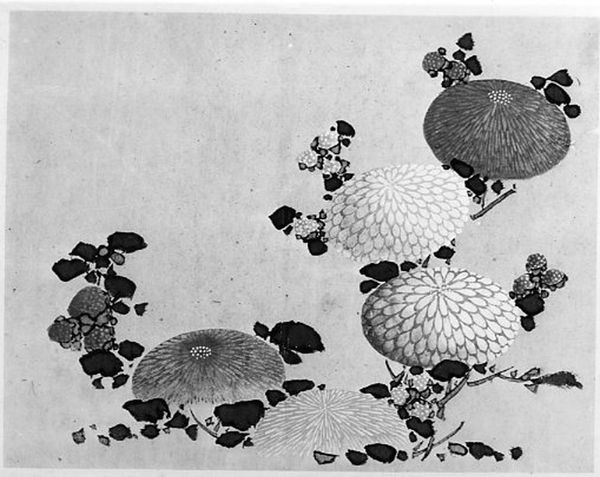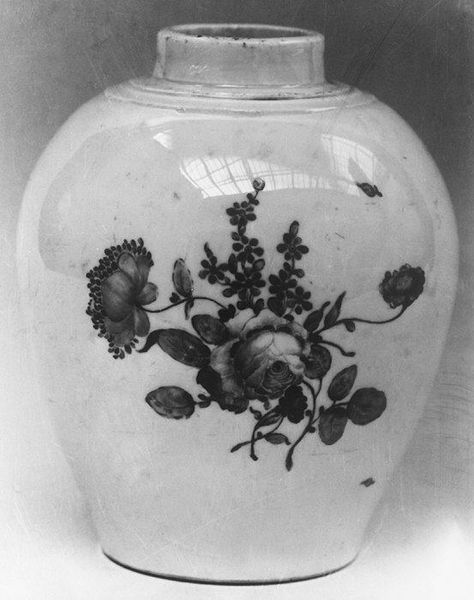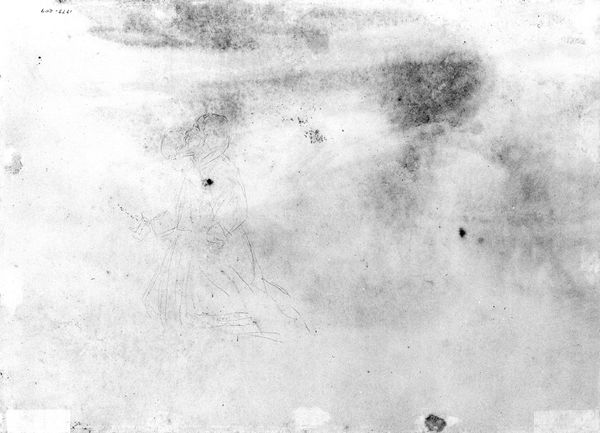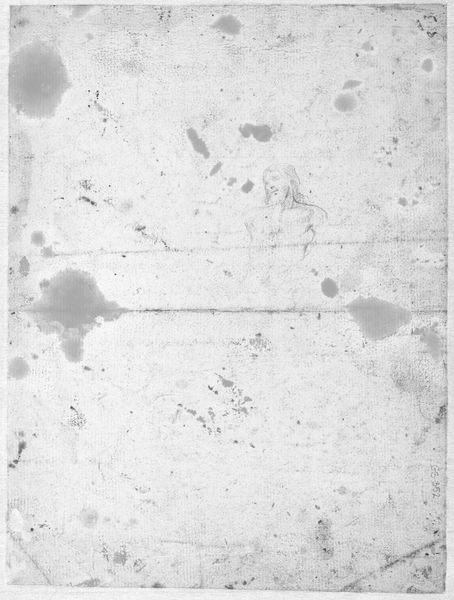
drawing, ink
#
ink stage
#
drawing
#
organic
#
rough brush stroke
#
impressionism
#
asian-art
#
incomplete sketchy
#
hand drawn type
#
landscape
#
ukiyo-e
#
organic drawing style
#
ink
#
ink drawing experimentation
#
free hand
#
rough sketch
#
organism
#
fantasy sketch
#
calligraphy
#
initial sketch
Copyright: Public domain
Ike no Taiga made this ink-on-paper painting sometime in the mid-18th century. It’s a beautiful example of *bunjinga*, or literati painting, which prized spontaneity of expression. Consider how the materials themselves allow this effect. The ink, applied with a brush, bleeds and feathers into the paper. The artist makes no attempt to control this – in fact, he relies on it. Rather than building up an image with many strokes, Ike no Taiga has aimed for an economy of means. This approach reflects a cultivated sensibility. *Bunjinga* painting was closely tied to calligraphy, and both of these were seen as gentlemanly pursuits. The artist was part of a cultural elite, who regarded skilled craftsmanship with a degree of suspicion. For this reason, the apparent artlessness of the image should not be mistaken for a lack of skill. Rather, it is a demonstration of mastery, with the material qualities of ink and paper doing much of the work.
Comments
No comments
Be the first to comment and join the conversation on the ultimate creative platform.

